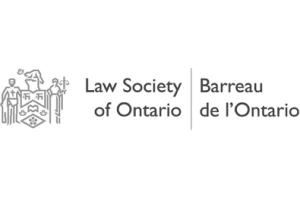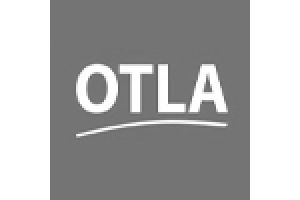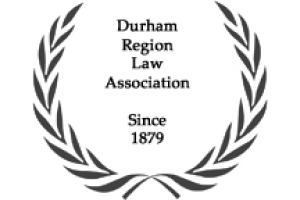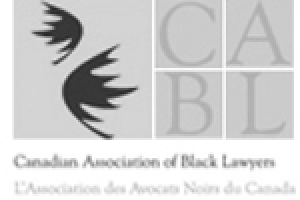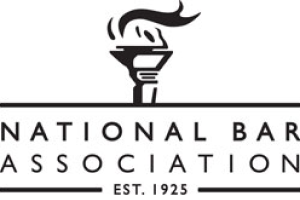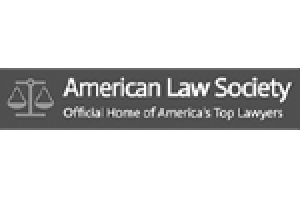Bestwall Gypsum Company
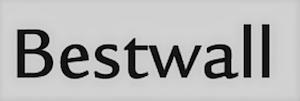
The Bestwall Gypsum Company, a division of the giant corporation Georgia-Pacific, voluntarily filed for Chapter 11 Bankruptcy protection in North Carolina on November 2, 2017. What does that mean for those harmed by asbestos contained in Bestwall products?
Liability for Bestwall products can be traced to a number of companies using the legal doctrine of successor liability. In order to trace liability, you need to understand company history.
Bestwall was originally a company called Beaver Products. Beaver Products’ founder J. P. Lewis developed a wallboard made of layers of mat board originally intended for framing pictures by gluing them together to line his attic. Lewis had access to large quantities of paper as he owned a paper products company in Beaver Falls, New York. His original attic project took place in 1903. By 1906 Lewis formed the Beaver Manufacturing Company and mass-produced his product which he named Beaver Board. The Beaver Manufacturing Company went on to make other wallboards containing thin layers of wood or thick layers of paper including Upson Board, Cornell Board, Fibro-Wallboard and Bestwall.
The Bestwall line of products was purchased by the CertainTeed Corporation in 1928. At that time CertainTeed was undergoing rapid growth and wanted to expand its building product line. CertainTeed marketed Bestwall products, including Beaver Board as part of its building products division.
Bestwall was enjoying significant success as a product line and was spun off into its own corporate entity by CertainTeed in 1961. The corporation was called Bestwall Gypsum.
Certain-Teed purchased from Keasbey & Mattison its asbestos cement pipe division in 1962. This was a huge purchase for CertainTeed and the company needed to free up some capital. A paper product manufacturing company, Georgia-Pacific, bought Bestwall in 1965.
Bestwall products that included asbestos at the time Georgia-Pacific purchased the company were:
- Drywall adhesive
- Cement
- Texture finishes
- Spackling compound
- Kalite acoustical plaster
- Topping and bedding compounds
- Powdered triple-duty and all-purpose joint compound
These products, but for the adhesive, could be purchased as a powder, ready to mix with water to the desired consistency, and then spread onto the wall. No warning labels were included on their packaging. During the mixing of the compounds asbestos particles easily became airborne and inhaled. Of greater concern, once the compound was dry, the product was sanded smooth creating clouds of dust. This meant that users, or persons in the vicinity while Bestwall joint compounds were being sanded, were at risk. At high risk for Bestwall products exposure were drywallers, painters and their families.
Bestwall continued to include chrysotile asbestos in their products despite being aware that the mineral caused irreparable harm when inhaled by workers installing their building products. Other Georgia-Pacific products outside of the Bestwall brand also contained asbestos.
Hardware stores such as Aikenhead’s, Beaver Lumber, Sears and countless paint stores sold Bestwall products to the Canadian public. As there were no warning labels on Bestwall products, most trades involved in plaster and drywall work took their drop sheets home, so the sheets could be cleaned for re-use. Their dusty clothing also posed a risk to their wives and children when that dust entered the home.
Bestwall joint compounds contained asbestos until 1977 when the American Environmental Protection Agency officially named asbestos a carcinogen and raised public awareness of the danger of inhaling dust created by asbestos containing materials.
Bestwall claimed in their Chapter 11 filing that as the asbestos content in their products was less than 1% of the total asbestos materials sold in the USA they were being unjustly accused by many Plaintiffs. They suggest that lawyers for mesothelioma victims were targeting the company only because they were not bankrupt. At the time of filing for protection, Bestwall indicated they were defending over 62,000 asbestos injury claims and had paid out 2.9 Billion in legal fees and payments to victims.
Bestwall has indicated a willingness to be involved in funding an asbestos compensation trust under Section 524(g) of the Bankruptcy code. The difficulty is going to be how much funding the trust will need to provide adequate compensation to those harmed by Bestwall products. If lawyers for the present and future victims cannot negotiate an appropriate amount with Bestwall, the courts will have to estimate that amount.
There are allegations of bad faith against Georgia-Pacific as the company appears to have moved ownership of other asbestos containing products to Bestwall to shield GP from future claims of liability. Given that historically the courts have found that liability transfers to new ownership it will be interesting to see if Georgia-Pacific has succeeded in transferring their liability to Bestwall.
Given the difficulty getting lawyers to agree on anything, timing of a Bestwall trust cannot be estimated. If Quigley (10 years), W. R. Grace (12 years) or Pittsburgh Corning (17 years) are examples of the time between filing for creditor protection and the creation of a compensation trust, we could be waiting for years.
If you used Bestwall joint compounds and are suffering from asbestos related breathing difficulties or mesothelioma contact Brown Law to learn about a future application to the Bestwall Asbestos Trust. The time limit for taking action against Bestwall is extended while the corporation is bankrupt.


